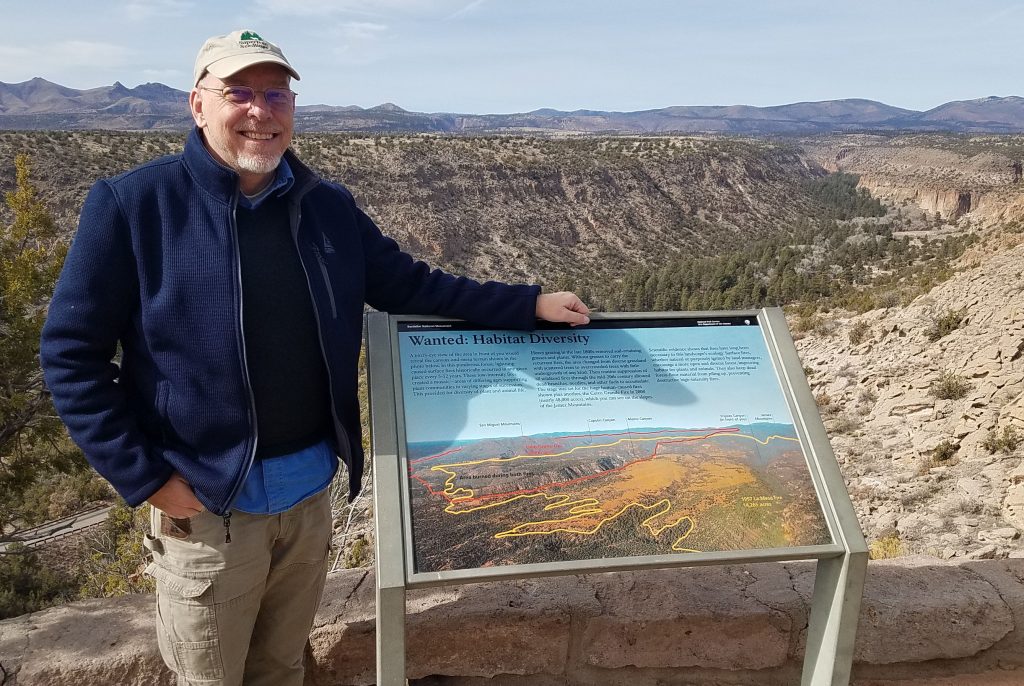
Ponderosa pine is certainly one of my favorite ecosystems. It can and sometimes does grow in lowlands, but it dominates the “montane” ecosystem, in this part of New Mexico from elevations of around 7000 feet to about 8000 feet above sea level.

It is a semi-dry ecology that tends to burn. Before European settlement, ponderosa pine forests burned every 5-15 years. These were usually low intensity fires that cleared up the brush and thinned the forest but did not harm to the big trees. This changed when settlers cut trees and then excluded fire. The ponderosa pine grew back much thicker than before. Where there previously were as few as 20 big trees per acre, there were now 600-700 little trees too close together. Fire was excluded as much as possible, but when it inevitably did come, it came hot because of all the fuel and the tight forest. The fires were hot enough to kill mature trees.
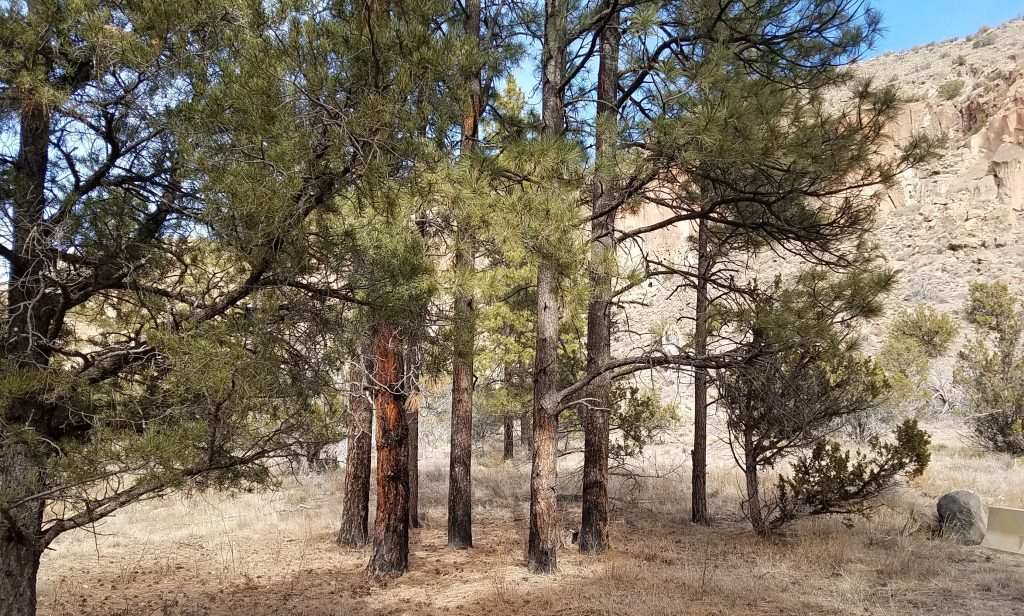
This is where we find ourselves now. Our forests are too thick and too prone to disastrous fire because we have refused to thin properly and tried to exclude fire for 100 years. It is not easy just to change these old policies. We run risks during the changeover. One of the most destructive fires in the Bandelier NM (where we were travelling) was the Cerro Grande fire in 2000. This was set by the Forest Service trying to set a prescribed fire.
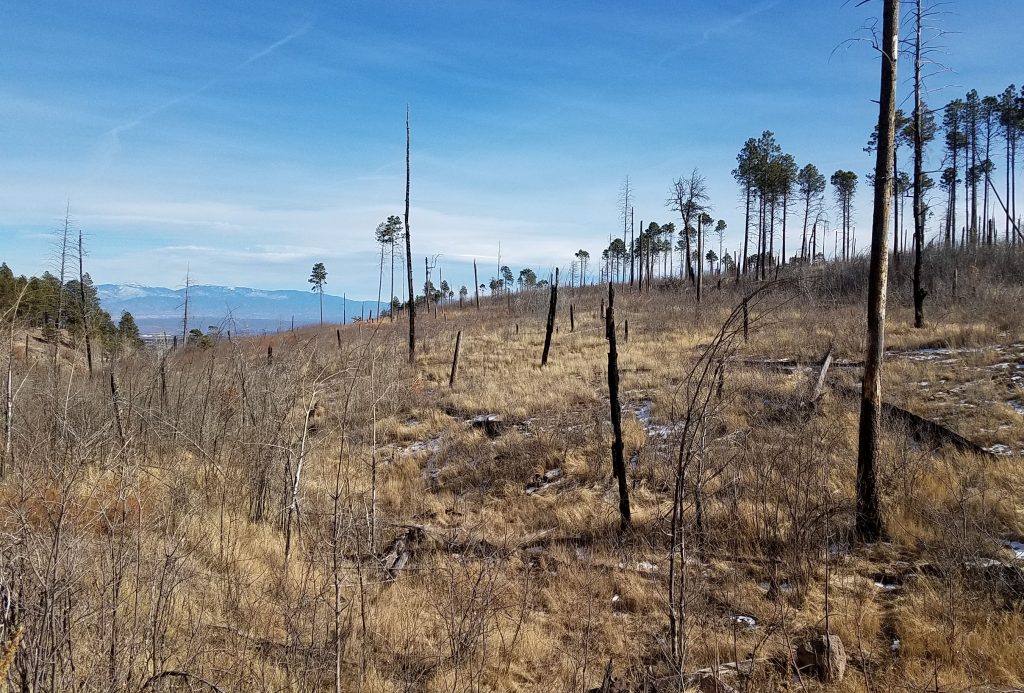
The guys who did it were acting responsibly and with the best science available, but they took the blame. One reason why fire professionals call the fires they set “prescribed” and not “controlled burn,” as some outsiders do, is because they know that no fire is ever 100% controlled. It takes courage to do the right thing. If things go wrong, you will get all the blame. If things go right, you will get none of the credit. It is well worth the risk from ecological and economic point of view. I would compare it to an operation. In my example, if you do nothing you have a 95% chance of death and a 5% chance of survival. With the operation you have a 95% survival chance to live and a 5% chance of death. You would take that risk, right? But that 5%.
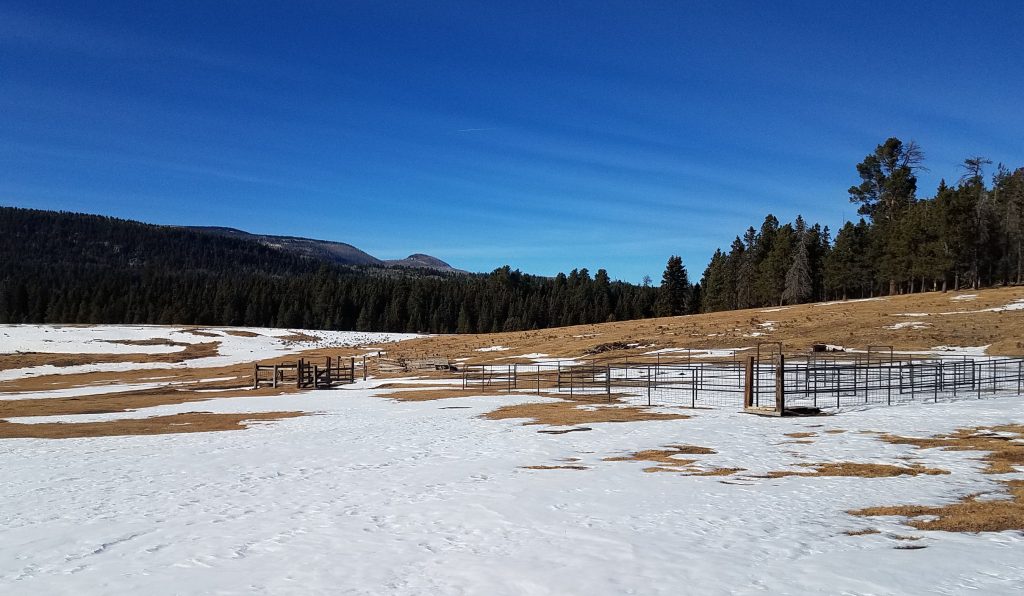
Fire cannot be avoided. Forests will burn. We can do our best to choose the time and place where destruction will be minimized and where ecological benefits will be greatest. If we do nothing, we still get fires, but we almost always get them at the worst and most dangerous times, since those are the times of greatest fire activity, and the ecology will be harmed by the hot fires.
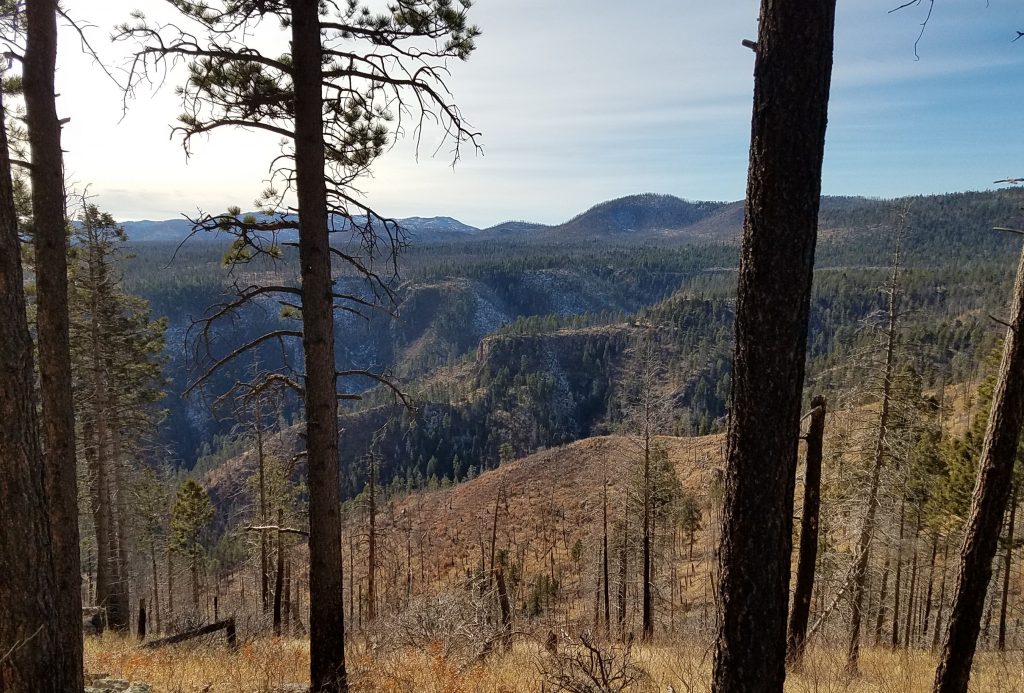
My pictures are from the Bandelier National Monument. My first photo is me in front of the sign talking about the need for diversity in the ecosystems. Next are some big ponderosa pines. You can tell an old tree not only by its size but also the color of the bark. Young trees have dark bark. When they get to be 100+ they start having a orange-yellow bark. In the third picture, you can see the black marks from a fire, probably the 2011 Las Conchas fire. The big trees were unharmed by the fire, but it cleaned out the brush. After that show when a very hot fire goes through. I think that is aftermath of the disastrous Cerra Grande fire of 2000. This is so different from Virginia. After 17 years, we would have profuse growth, even from a hot fire like that. We get a lot more rain. The last picture are spruce with a few ponderosa pine at higher altitude. Spruce are not adapted to frequent fires the way ponderosa are.
